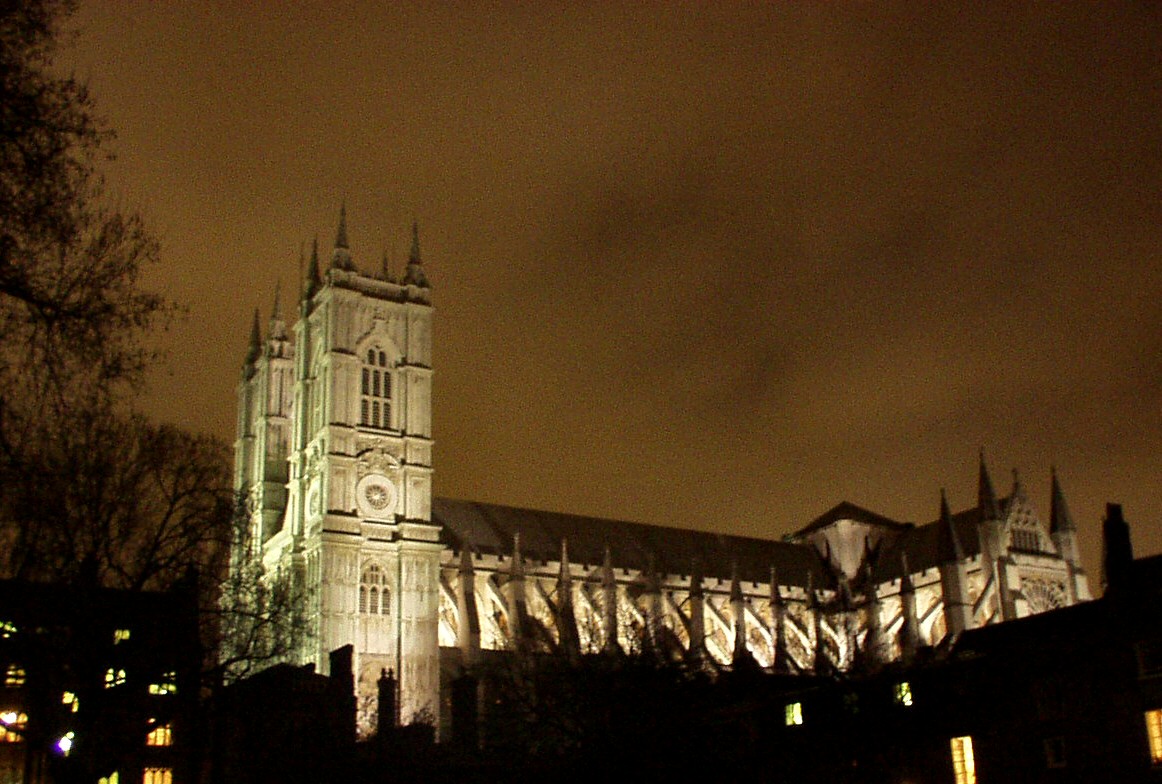| Westminster Abbey |

|
 |
Links: |
Read the Text carefully and take a note of the words you do not understand, use the dictionary to look them up. Then, use the links on the left to get to know more about this monument and write a summay of the most important facts in relation to Westmisnter abbey (15-20 lines, remember to use your own words, do not copy and paste). The Westminster Abbey, located near the Houses of Parliament, is more a historical site than a religious site. Since 1066, every royal coronation, with the exception of Edward V and Edward VIII has taken place in Westminster Abbey. The abbey also serves as the burial ground for numerous politicians, sovereigns and artists. The abbey is stuffed with graves, statues and monuments. Many coffins even stand upright due to the lack of space. In total approximately 3300 people are buried in the Church and cloisters. Some of the most famous are Charles Darwin, Sir Isaac Newton and David Livingstone. The history of the abbey starts in 1050, when King Edward The Confessor decided to build an abbey . Only a small part of this original Norman monastery, consecrated in 1065, survived. The only representation of this original building is shown on the Bayeux Tapestry. Most of the present building dates from the 1245-1272 century when Henry III decided to rebuild the abbey in the gothic style. Large parts were later added: the Chapel of Henry Vii was added between 1503 and 1512, while the two West Front Towers date from 1745. The youngest part of the abbey is the North entrance, completed in the 19th century. Text taken from City Index - A View on Cities and picture from Wikipedia |